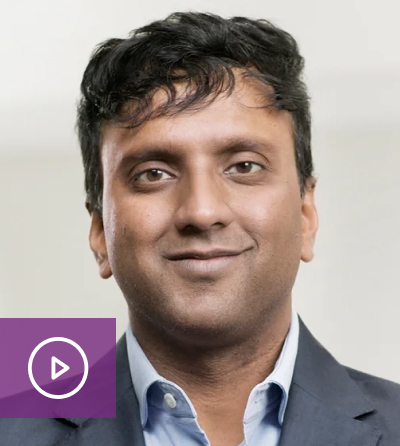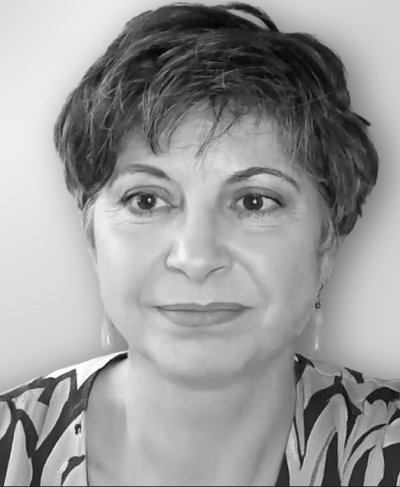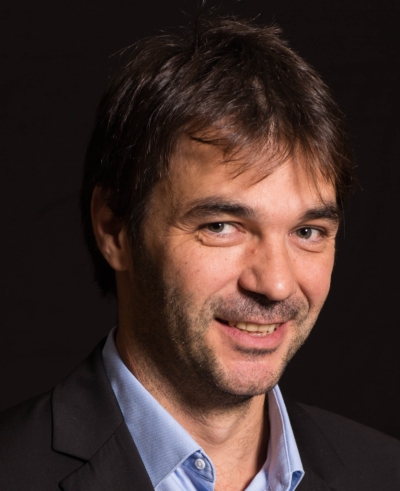Meet the members of our medical advisory board
Having anatomical lung structures quantified down to a few millimeters, and the vascular density precisely calculated by AI, I can confidently take the most optimal treatment decisions for my patient.
Prof. Dr. Dirk-Jan Slebos, MD
University Medical Center Groningen | The Netherlands
Prof. Slebos is Head of Pulmonary Medicine and Tuberculosis at University Medical Center Groningen and Professor of Interventional Pulmonology. Specialized in interventional bronchoscopy, he is one of the pioneers of the minimally invasive endobronchial treatment for COPD patients with severe emphysema. His areas of interest include severe COPD, lung failure, benign and malignant central airway pathology, innovative treatments for interventional bronchoscopy.
Playing an increasingly important role in pulmonary medicine, it’s only a question of time that AI-based imaging will be an integral component of bronchoscopy workflows for lung cancer diagnosis and therapy.
Adjusting for the difference between a theoretical pre-procedural CT and intra-operative environment in real time, AI can add valuable information to confidently navigate to the nodule and simplifying the procedure.
Prof. Dr. Pallav Shah, MD
Royal Brompton Hospital | United Kingdom
Dr. Shah is Professor of Respiratory Medicine at the National Heart & Lung Institute - Faculty of Medicine, and the lead clinician for lung cancer services at Royal Brompton Hospital and the Chelsea & Westminster Hospital. He is involved in the development of new bronchoscopic techniques for early detection and therapeutic interventions in lung cancer, using a combination of intra-operative imaging, novel devices and robotics to approach peripheral lung nodules. His current research interests also include the role of innovative treatments in COPD, from chronic bronchitis to emphysema, and airway diseases.
Intra-operative imaging proves to be paramount to a successful peripheral navigation in lung bronchoscopy.
Adding AI-assisted pre-procedural planning and real-time guidance during the intervention, will take the diagnosis and treatment of early-stage lung cancer to the next level.
Dr. Krish Bhadra, MD
CHI Memorial Hospital | United States
Dr. Bhadra leads Interventional Pulmonology clinic at CHI Memorial Medical, focusing on minimally-invasive procedures for treatment of lung and airway conditions, including lung cancer and severe emphysema. His interests include research, diagnostic and therapeutic interventions for thoracic oncology patients and benign lung disease. As a leading bronchoscopist in the United States, he utilizes cutting-edge technology to navigate the intricacies of the airway and lungs. Dr. Bhadra was the first in the world to use digital tomosynthesis.
What if, with the help of AI, we could integrate multiple quantitative data points to detect subtle structural patterns and guide more personalized treatment decisions?
Dr. Eva Polverino, MD
Hospital Vall d'Hebron | Spain
Dr. Polverino is Head of the Respiratory Infections Research Unit at Hospital Vall d’Hebron (VHIR, Barcelona), with research focused on bronchiectasis, cystic fibrosis, antimicrobial resistance, and respiratory infections in immunocompromised patients. She plays an active leadership role within the European Respiratory Society and is co-chair of the EMBARC registry, author of the first European Guidelines for Bronchiectasis, and principal investigator in numerous clinical trials.
AI-driven analysis of CT imaging is transforming how we diagnose and monitor these conditions — enabling greater precision in detecting disease patterns and progression, and helping us tailor treatments to the unique needs of each patient.
Prof. Dr. Patrick Flume, MD
Medical University of South Carolina | United States
Prof. Flume is a Distinguished Professor of Medicine and Pediatrics and Associate Vice President for Clinical Research at the Medical University of South Carolina. He serves as the Powers-Huggins Endowed Chair for Cystic Fibrosis (CF) and oversees a large CF center, as well as large clinical programs dedicated to patients with bronchiectasis and non-tuberculous mycobacterial (NTM) infections. He leads an intensive clinical research program for CF, bronchiectasis, and NTM, and is co-principal investigator for the South Carolina Clinical & Translational Research Institute.
With AI-driven analysis, CT interpretation will evolve from diagnostic support to enabling earlier, more personalized treatments s across asthma and other complex lung diseases.
Prof. Dr. Arnaud Bourdin, MD
Hôpital Arnaud de Villeneuve, University of Montpellier | France
Prof. Bourdin is Head of Pulmonology and Professor of Respiratory Medicine at Hôpital Arnaud de Villeneuve, University of Montpellier, France, leading a research group focused on innovative treatments for asthma, COPD, IPF, and pulmonary hypertension. His scientific work explores COPD pathophysiology, severe asthma treatment, and iPSC biology, and he has served as Principal Investigator in major clinical trials, including COBRA and RAMSES.





